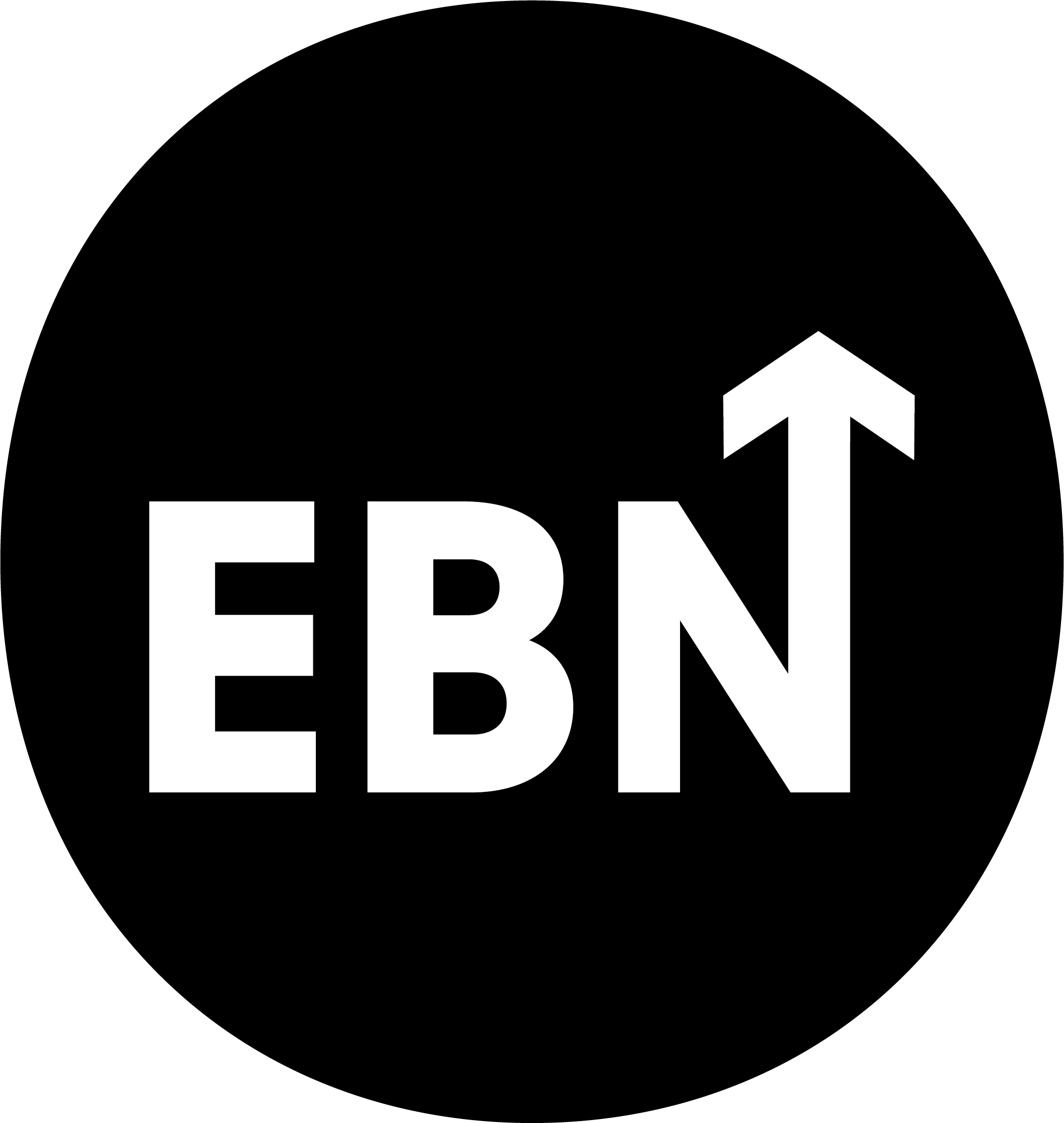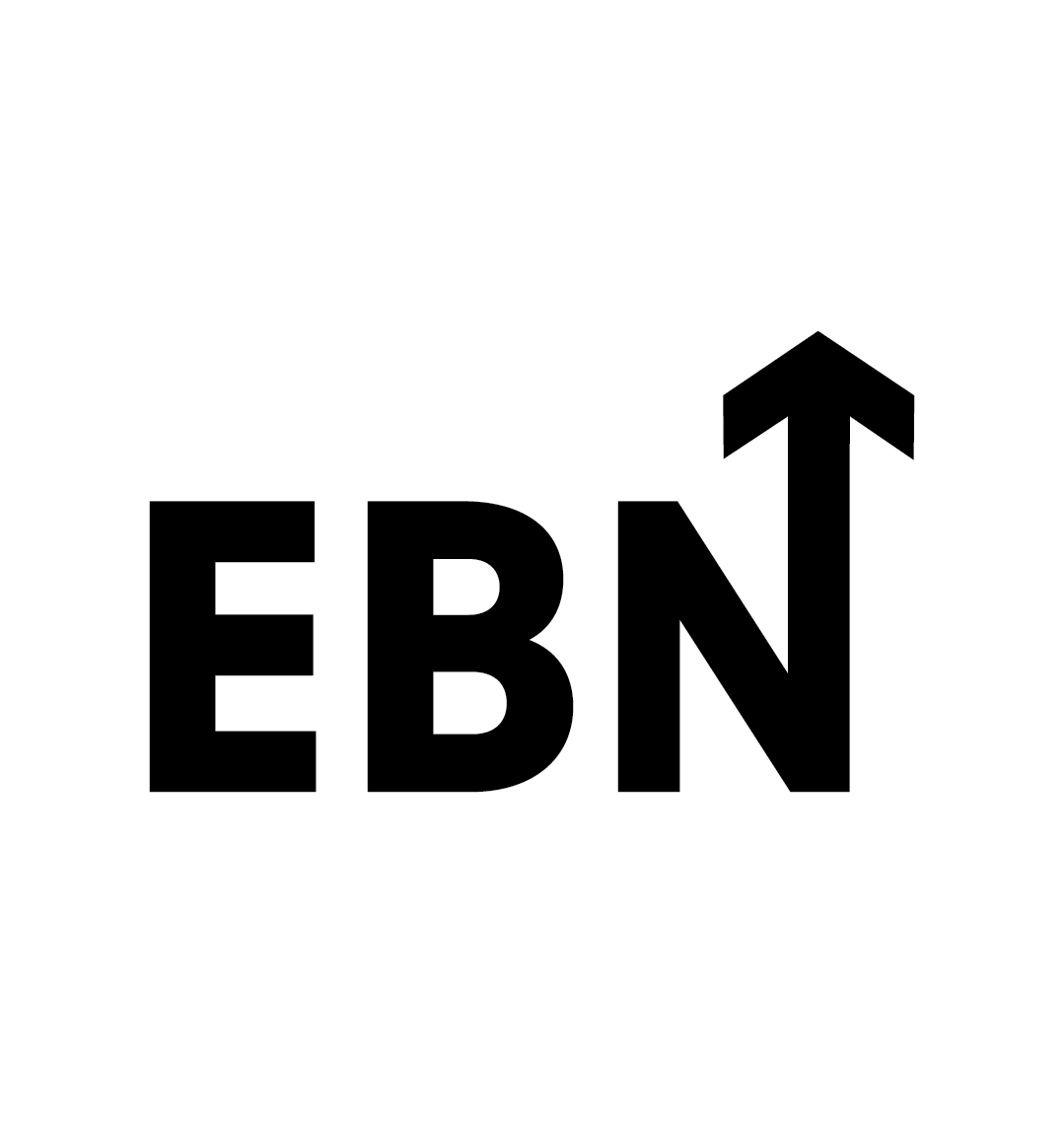“Bring your whole self to work.” It sounds great, right? Progressive, inviting – even empowering. But let’s get real for a second: most companies slap that phrase on a career page or drop it in a team meeting without fully understanding what it means – or what it demands. For many employees, the call for authenticity at work comes with a fine print: bring your whole self, but only the parts that fit our mold.
Here’s the truth: workplace authenticity is often just another branding exercise. It’s performative, polished, and designed to make companies look good, but not necessarily to make employees feel safe. If we want to change that, it’s time to move beyond lip service and dig into what true authenticity look like, and why it matters more than ever in 2025.
Momentum isn’t always progress, especially when you always end up back where you started.
Fathom helps you escape the loop. With insight, not intuition.
What Authenticity Really Means
Authenticity isn’t just being honest or vulnerable when it’s convenient. It’s about alignment; the ability to live your values and express your identity without fear of judgment or retaliation. But here’s where it gets interesting: different generations in the workplace bring vastly different expectations to the table.
Gen Z: The Integration Generation
For Gen Z, authenticity is a non-negotiable. A 2023 Deloitte survey found that 71% of Gen Z employees prioritize working for companies that align with their personal values. They’ve grown up in a world of hyper-connectivity, where personal and professional lives are intertwined on platforms like TikTok and Instagram. For them, authenticity means full integration – being able to bring their entire identity, unfiltered, into every space they occupy, including work.
Millennials: Balancing Purpose and Pay
Millennials, while aligned with Gen Z in prioritizing values, have a slightly more pragmatic view. They’re the generation that pioneered the push for purpose-driven work, but have also lived through recessions and student debt crises. For them, authenticity is about finding work that aligns with their values, but not at the expense of fair pay and stability.
Gen X: Practical Individualists
Gen X, often overlooked in these conversations, takes a more measured approach. They’ve been conditioned by an era where professionalism meant compartmentalization. For them, authenticity is important, but it’s tempered by a pragmatic focus on career stability and self-reliance. Remember: this is the era of the “latch-key kid.” Independence and autonomy has been a prized function their entire lives. They may not demand the same overt displays of alignment as younger generations, but they value workplaces that respect individuality.
Helping HR, talent acquisition, employer branding, and company culture professionals find careers worth smiling about.
Boomers: Tradition Meets Adaption
Boomers, shaped by a more hierarchical workplace culture, often view authenticity through a lens of professionalism. For them, the personal and the professional were traditionally separate spheres. Yet, as workplaces evolve, many Boomers are embracing new ideas of authenticity, recognizing its importance for fostering collaboration and innovation.
Understanding these generational divides is crucial to creating cultures where authenticity can thrive across the board.
Performative Authenticity: When Inclusion Is Just a Buzzword
Let’s call out the elephant in the room: most workplace “authenticity” is purely performative. Companies love to promote inclusivity, launch employee resource groups, and celebrate awareness months – but too often, these efforts stop at the surface.
Case in Point: Pride Month Tokenism
Every June, companies roll out rainbow logos and social media posts to celebrate Pride Month. But what happens on July 1? For many organizations, it’s back to business as usual; and unfortunately, that business often lacks tangible support for LGBTQ+ employees. Policies like healthcare coverage for gender-affirming care, mentorship programs for queer employees, or protections against discrimination? Frequently absent. Without year-round action, that rainbow logo becomes nothing more than performative allyship.
This gap between marketing and reality isn’t just frustrating – it’s damaging. Employees see through the façade, and it erodes trust faster than you can say “diversity training.”
Barriers to Real Authenticity
- Leadership Hypocrisy: Leaders who demand authenticity from their teams but refuse to model it themselves send a clear message: vulnerability isn’t actually safe here.
- Unspoken Rules: Dress codes, rigid hierarchies, and outdated policies often dictate how much of their “whole selves” employees can actually bring to work.
- Fear of Repercussions: Marginalized employees in particular often weigh the risks of being authentic against the potential backlash – whether it’s being labeled “not a culture fit” or sidelined for promotions.
- The Myth of “Culture Fit”: Let’s be honest, “culture fit” is often code for “look and act like the people already in power.” This mentality stifles individuality and reinforces homogeneity.
What True Workplace Authenticity Looks Like
Here’s the good news: creating a culture of real authenticity is absolutely possible. But it requires intention, effort, and a willingness to challenge the status quo.
- Leaders Leading by Example
Authenticity starts at the top. Leaders need to share their own stories; the successes, the failures, and the moments of vulnerability. This sets the tone and shows employees that it’s safe to do the same.
- Inclusive Policies That Mean Something
Inclusivity isn’t about putting it on a poster; it’s about embedding it into the fabric of your company. This means policies that protect hairstyles, tattoos, gender expression, and mental health. It also means backing those policies with real resources and accountability.
- Psychological Safety
Employees need to know they can speak up, challenge ideas, and share their perspectives without fear of retaliation. Psychological safety isn’t just a buzzword; it’s a prerequisite for authenticity.
- Celebrating Individuality
True authenticity isn’t about forcing employees to fit into your brand. It’s about shaping your brand to reflect the diverse people who make it up. That means celebrating different identities, perspectives, and contributions.
The Hard Truth: Authenticity Takes Work
Here’s the thing: creating a culture of authenticity isn’t easy. It requires uncomfortable conversations, systemic change, and a commitment to continuous improvement. But the payoff is worth it. Employees who feel seen and valued bring their best to work. Teams become stronger. Cultures thrive.
As we move into 2025, the question isn’t whether companies should prioritize authenticity – it’s how they can do it meaningfully. Will your organization rise to the challenge, or will it stay stuck in performative cycles? Because make no mistake: your employees are watching, and they’re deciding whether your culture is worth believing in.
At the end of the day, true authenticity isn’t just good for branding; it’s good for business. The real question is, are you ready to do the work?
Sources
- Deloitte Global Gen Z and Millennial Survey, 2023
- McKinsey & Company, “Diversity Wins: How Inclusion Matters,” 2020
- Harvard Business Review, “What Psychological Safety Looks Like in a Hybrid Workplace,” 2021
- Qualtrics XM, Employee Value Proposition Survey, 2024
Takeaways
Performative diversity efforts lack real impact
Many workplace initiatives focus on optics rather than fostering true inclusion and equity.
Genuine inclusion requires structural change
Real progress comes from shifting policies, systems, and leadership accountability, not just messaging.
Diversity statements mean little without action
Companies must back their words with meaningful steps that create lasting change for underrepresented employees.
Superficial representation doesn’t equal equity
Hiring diverse talent isn’t enough—organizations must ensure these employees have real opportunities and support.
Accountability is crucial
Organizations need to track progress, measure impact, and remain committed to continuous improvement in workplace inclusion.
Culture must align with values
If workplace behaviors and policies don’t reflect diversity commitments, employees will see through the façade, leading to disengagement.
Leaders play a key role in meaningful change
Without leadership buy-in and sustained effort, diversity and inclusion efforts risk becoming empty gestures.
This article was originally published on the Jillian-Does-Branding Substack. It has been republished here on EBN with permission, with minor edits for clarity and formatting. Please visit https://jilliandoesbranding.substack.com/ for more great content on Workplace Culture, Employer Branding, and more.
Guest Author
With over 14 years of experience in employer branding, storytelling, and leadership, Jillian O’Malior is a no-holds-barred advocate for transforming workplace culture. As the founder of Jillian Does Branding, she blends deep expertise with bold creativity to challenge outdated norms and drive actionable change. Her focus lies on bridging generational divides, redefining leadership, and elevating employer brands to resonate with today’s workforce.
Jillian’s work is rooted in empathy and accountability, championing transparency and inclusivity to create environments where employees, and organizations, thrive. Whether dissecting the relevance of EVPs or advocating for emotional intelligence in leadership, her insights inspire companies to stop playing it safe to start building brands people believe in.
Connect with Jillian through Jillian Does Branding to follow her candid takes on employer branding, culture, and leadership trends, and to explore how she can help elevate your employer brand and transform your workplace culture.









